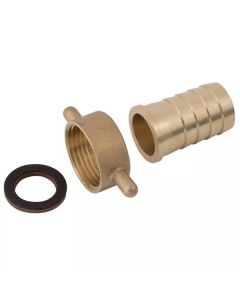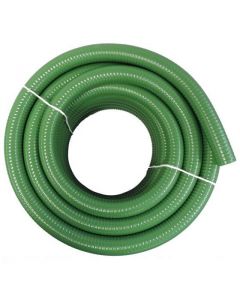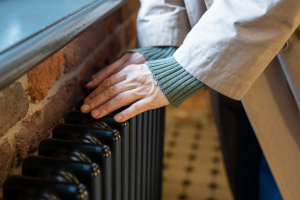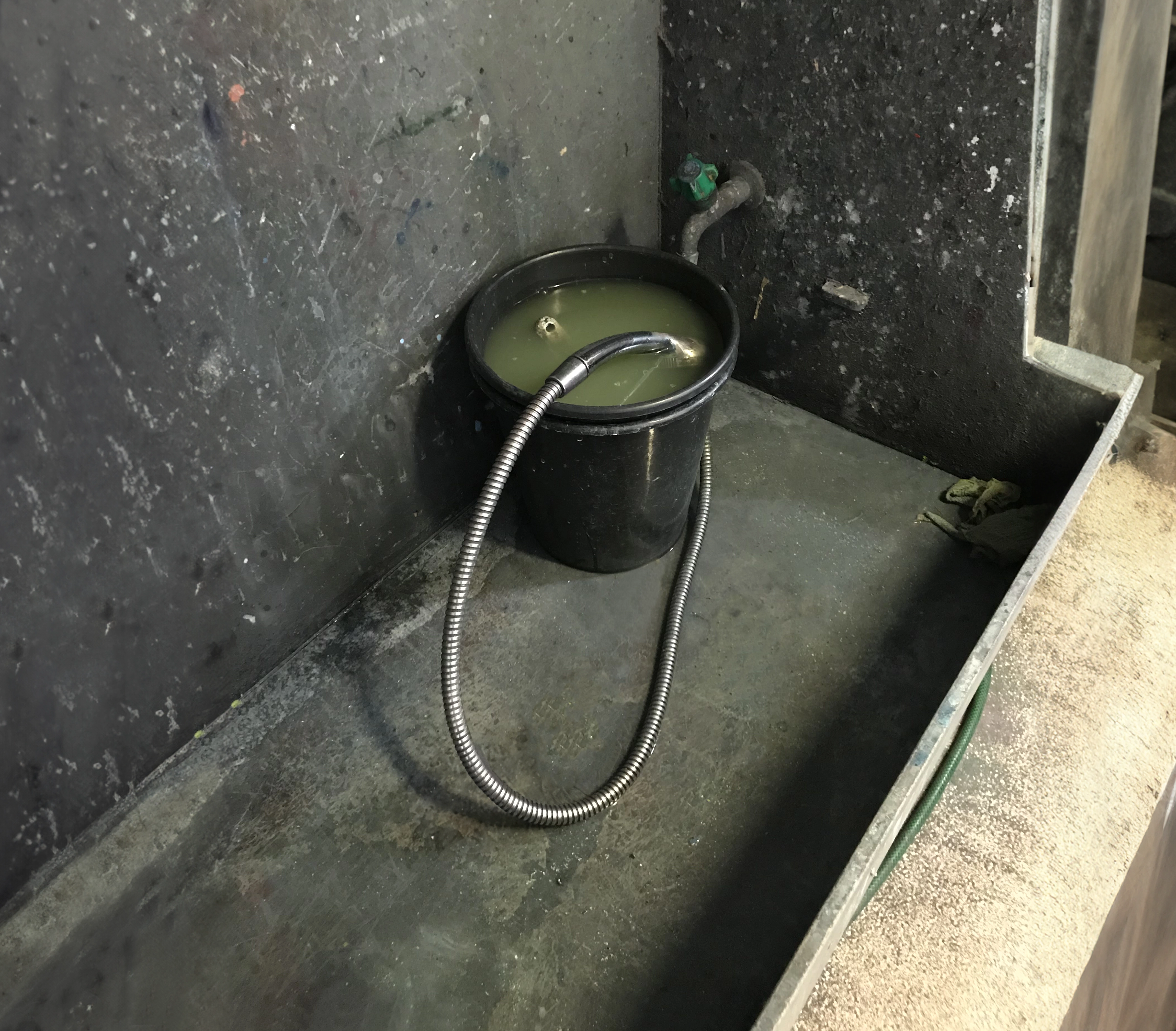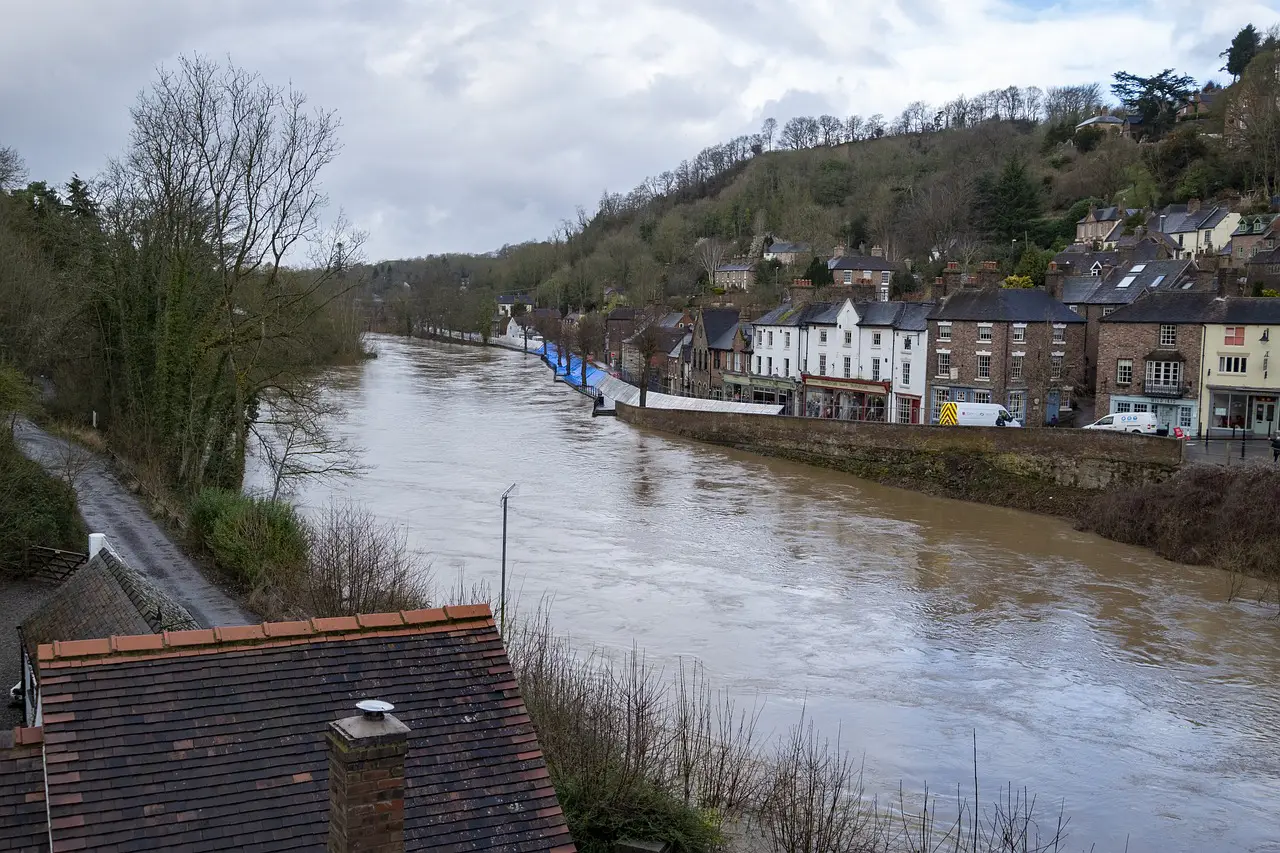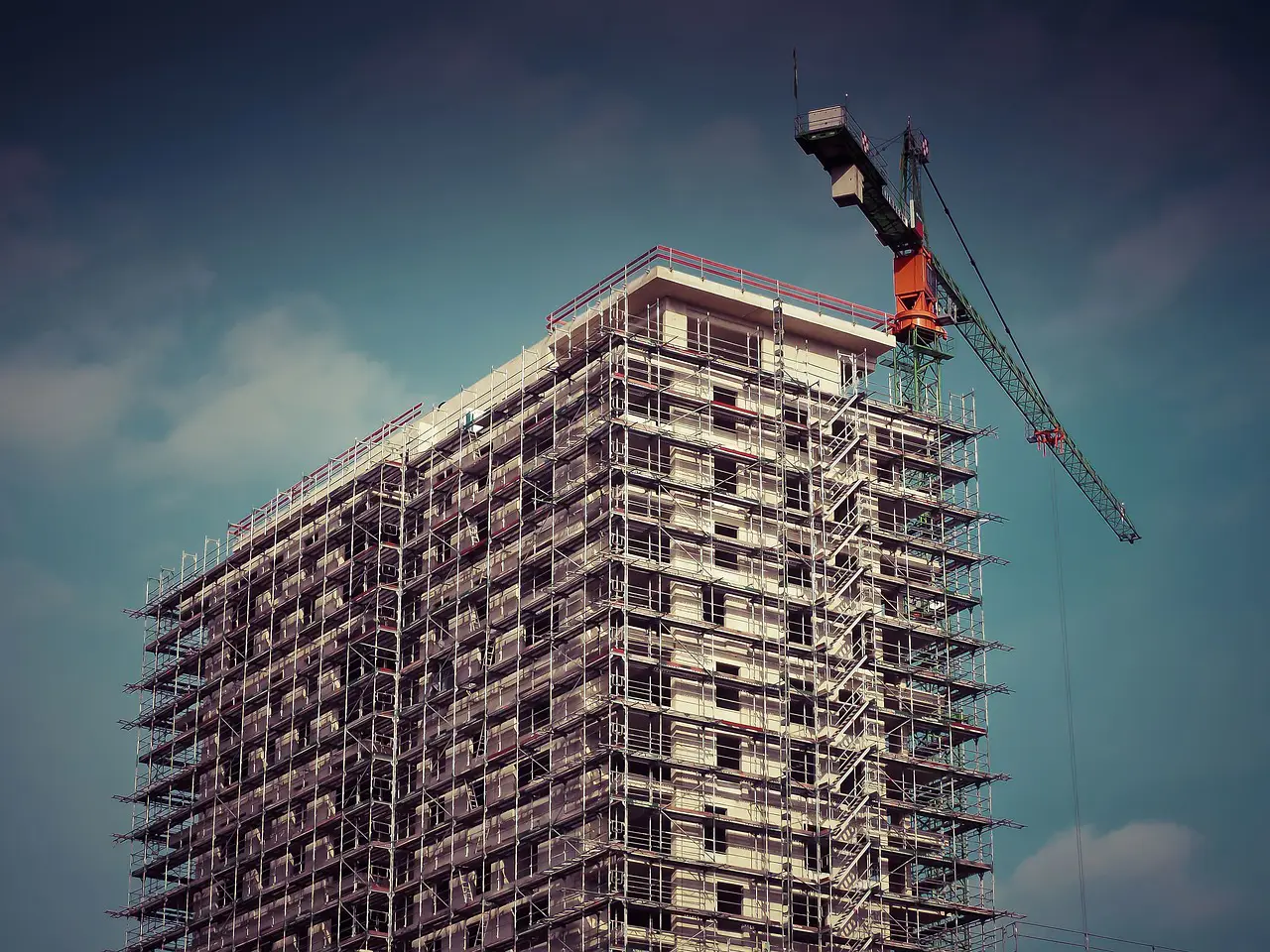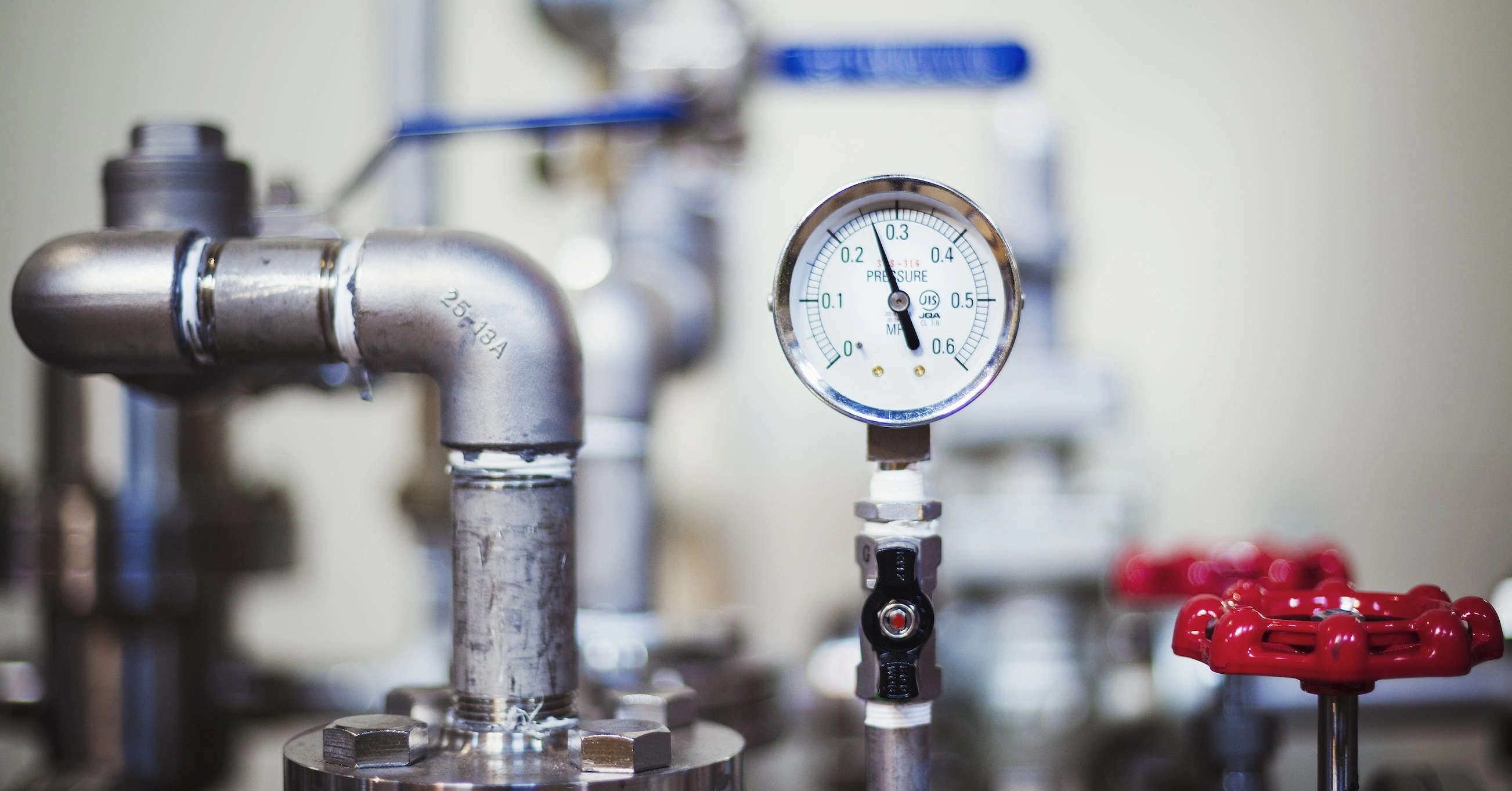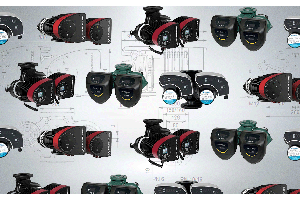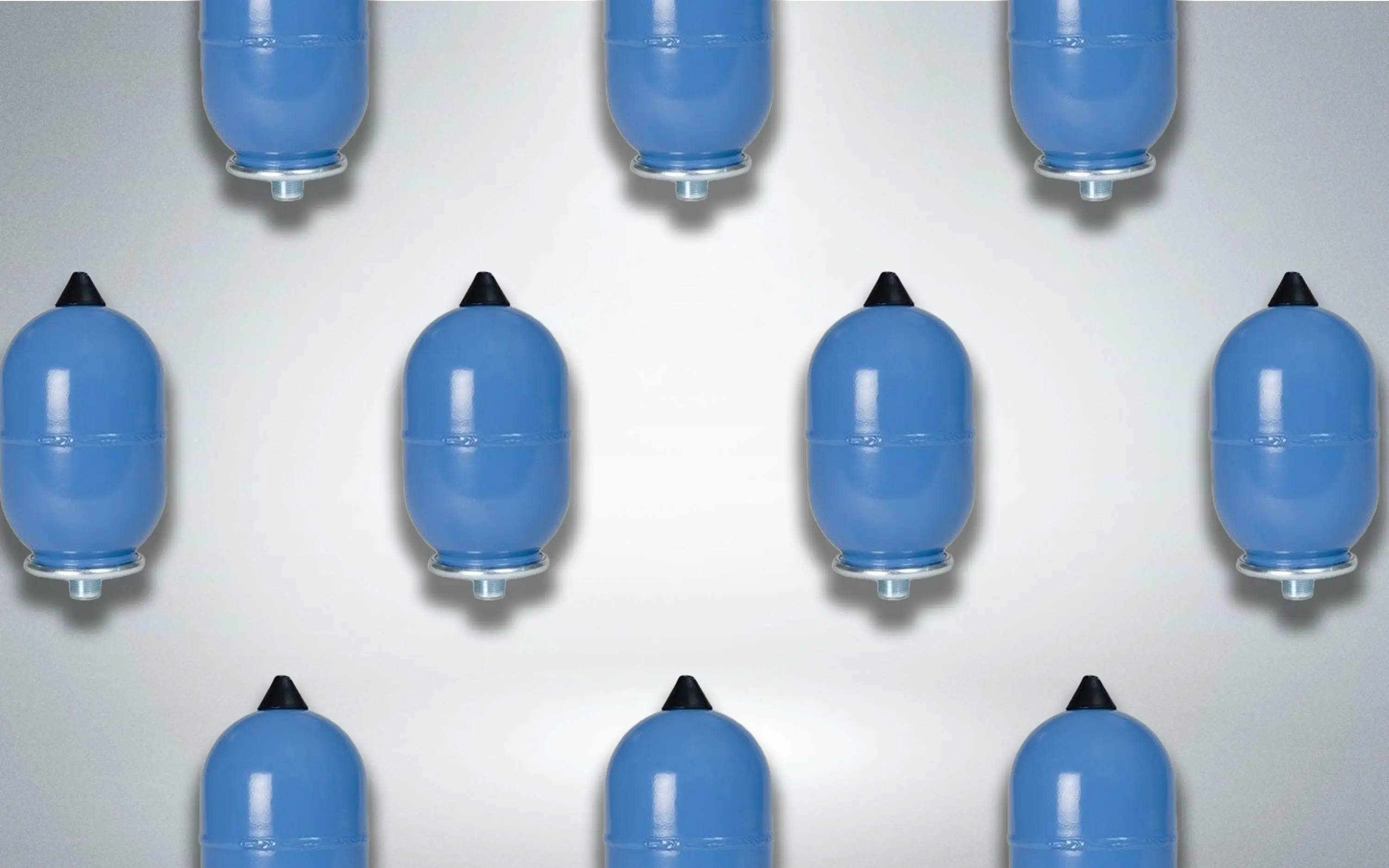Submersible Pump Solutions - HELP! My House is Flooded!
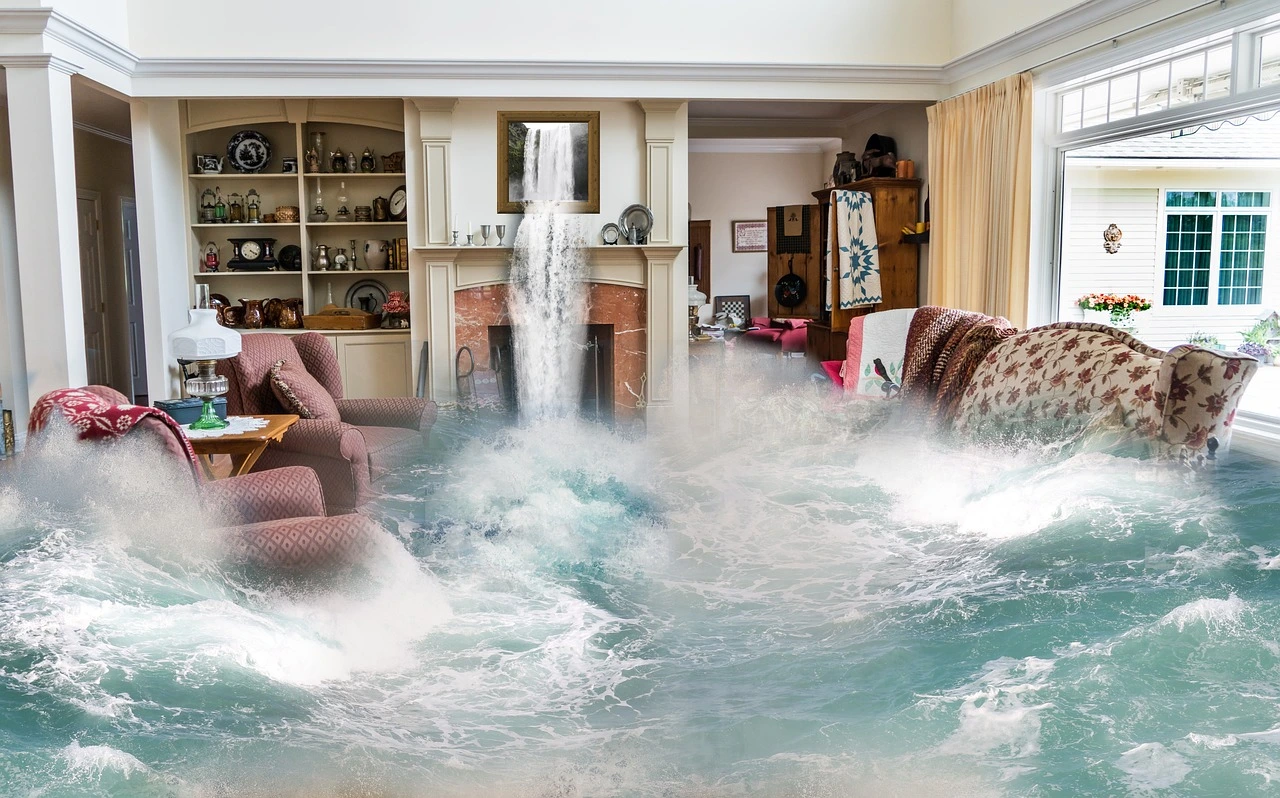
Submersible Pump Solutions
for Flooded Homes
A Comprehensive Guide on Submersible Pumps & What to Do if Your House is Flooded
When it rains, it pours.
When the heavens open up and your home feels more like a swimming pool, panic is a natural first reaction. But, with the right knowledge and tools, you can navigate this watery mess. Whilst we always believe that prevention is better than a cure, if you're already here, the chances are the damage has already been done.
So, what can you do from here?
Let’s dive in.
Immediate Steps to Take When Your House is Flooded
- Ensure Safety First: Before anything else, ensure everyone in the house is safe. If the water level is high or the flow is strong, evacuate immediately and call for help. Do not attempt to handle electrical appliances or switches if they are submerged or wet.
- Contact Your Insurance Company: As soon as it's safe, contact your insurance company to report the flood. They will guide you on the next steps and how to document the damage for claims.
- Document the Damage: Take photos and videos of all the affected areas. Your evidence will be crucial when making your insurance claim.
- Start the Clean-Up Process: Once you've documented everything, you can begin the clean-up process - This is where our pumps come into play.
Choosing the Right Pump for Flood Clean-Up
As the old adage goes, "when in doubt, bring an umbrella" seems to be the perfect motto for anyone living in the UK. The British weather is notorious for its fickle nature, with rain showers that can surprise you at any moment, whilst also somehow being unsurprising.
At Complete Pump Supplies, we know that dealing with excess water and flooding can be difficult. That's why our product range focuses on liquid movement. Our pumps are of the highest quality and can effectively solve these issues, ensuring your property stays dry and secure. We have a diverse selection of top-rated pumps that can meet your specific needs.
Let's explore what these pumps do and how they can help you:
Submersible Pumps
If you find yourself in a challenging situation where an overflow of water is causing problems, you may want to consider submersible pumps as a possible solution.
These pumps have been specifically designed to operate while submerged in water, making them ideal for effectively managing serious flooding. They work by utilising a motor to drive an impeller, which facilitates the efficient transfer of water from the flooded area to a safer location. Our range of submersible pumps is robust and dependable, ensuring that you can count on them to provide reliable and long-lasting performance when needed.
General Information & Use Cases:
What Is a Submersible Pump Used For?
Submersible pumps are designed to fully submerge in water and move fluids from one location to another. They are commonly used in various applications, including draining floodwaters, emptying pools or ponds, sewage treatment, and deep wells to extract groundwater.
How Do You Run a Submersible Pump?
To run a submersible pump:
- Ensure the pump is fully submerged in water to prevent overheating.
- Connect the pump to a power source using waterproof cables.
- Use a float switch or manual switch to activate the pump.
- Monitor the pump's operation and ensure it's working efficiently.
Submersible Drainage Pumps
-
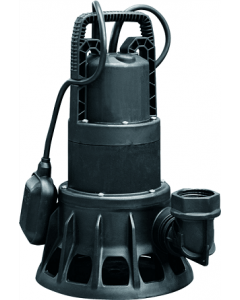 DAB FEKA BVP 700 M-A Submersible Sewage Pump with Float SwitchSpecial Price £434.17 £361.81 Regular Price £620.24 £516.87
DAB FEKA BVP 700 M-A Submersible Sewage Pump with Float SwitchSpecial Price £434.17 £361.81 Regular Price £620.24 £516.87 -
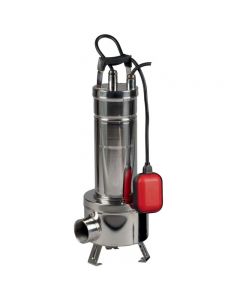 DAB FEKA VS 1200 M-A Submersible Sewage Pump with Float SwitchSpecial Price £571.33 £476.11 Regular Price £816.18 £680.15
DAB FEKA VS 1200 M-A Submersible Sewage Pump with Float SwitchSpecial Price £571.33 £476.11 Regular Price £816.18 £680.15
Why Can't I Just Use A Normal Water Pump?
It is important to understand that two distinct types of pumps are available in the market, each designed to serve a specific purpose. The first type, submersible pumps, is ideal for situations where the pump must be submerged in water, such as deep wells or flooded areas. These pumps are designed to work efficiently underwater and are fully sealed to prevent water damage.
The second type, traditional water pumps, is not meant to be submerged and is typically used to move water across shorter distances, such as in-home water systems. These pumps are generally placed above ground and rely on suction to draw water from a source and move it to its intended destination
Choosing the appropriate pump for the specific application is crucial to ensure the best performance and longevity. Factors such as the water level, distance to be covered, and intended use should be considered before making a choice. With the right pump, you can ensure efficient water transfer, save energy, and avoid unnecessary damage - If you're unsure, we're always on hand for guidance.
Safety & Precautions:
Submersible Pump with Float Switch
Is Being In The Water With a Submersible Pump Safe?
It's not advisable – While submersible pumps are designed to operate underwater, there's always a risk of electrical malfunction. Always prioritise your own safety and avoid being in the water when the pump is operational.
Do Submersible Pumps Shut Off Automatically?
Most modern submersible pumps have been designed to incorporate float switches that enable the pump to automatically turn on or off based on the water levels. Moreover, some models are equipped with thermal overload protection to prevent overheating and shut off the pump if such a situation arises - But always check the description to be safe.
Advantages & Disadvantages:
What Are The Best Submersible Pumps?
When it comes to choosing the right submersible pump for your needs, it's important to do your research and select a reliable brand that you can trust. One excellent option for drainage purposes is the Ebara BEST ONE Submersible Pump. This high-quality pump is designed to efficiently remove water from a variety of sources, making it a great choice for both residential and commercial applications. Other reputable brands to consider include Grundfos and Calpeda, which are also known for their quality and reliability in the pump industry. By investing in a top-notch submersible pump, you can ensure that your water removal needs are met safely and efficiently.
What are the disadvantages of submersible water pumps?
Submersible pumps, despite their efficiency, present challenges when it comes to accessibility and maintenance due to their submerged nature. Furthermore, their continuous exposure to water and potential debris may increase the likelihood of wear and tear.
Ebara BEST ONE Submersible Pumps
-
 Ebara BEST ONE WVBPNENX (AGMA) Submersible Drainage Pump with Cup Float (1 Phase)Special Price £210.00 £175.00 Regular Price £578.26 £481.88
Ebara BEST ONE WVBPNENX (AGMA) Submersible Drainage Pump with Cup Float (1 Phase)Special Price £210.00 £175.00 Regular Price £578.26 £481.88 -
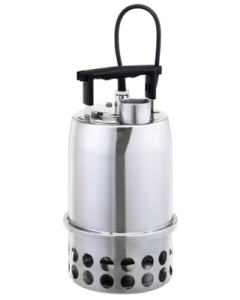 Ebara BEST ONE VOX M Submersible Drainage Pump without Float (110V)Special Price £210.00 £175.00 Regular Price £595.09 £495.91
Ebara BEST ONE VOX M Submersible Drainage Pump without Float (110V)Special Price £210.00 £175.00 Regular Price £595.09 £495.91
Specifications & Technical Details:
230V Submersible Drainage Pumps
-
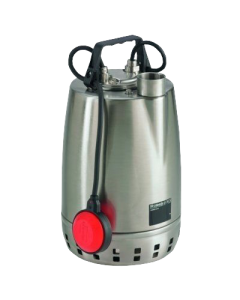 Calpeda GXRM 12-16 Stainless Steel Submersible Drainage Pump (230V)Special Price £924.48 £770.40 Regular Price £1,284.00 £1,070.00
Calpeda GXRM 12-16 Stainless Steel Submersible Drainage Pump (230V)Special Price £924.48 £770.40 Regular Price £1,284.00 £1,070.00 -
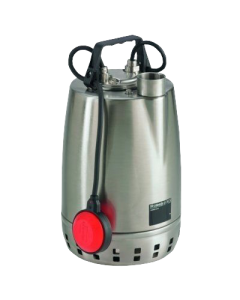 Calpeda GXRM 12-10 Stainless Steel Submersible Drainage Pump (230V)Special Price £705.02 £587.52 Regular Price £979.20 £816.00
Calpeda GXRM 12-10 Stainless Steel Submersible Drainage Pump (230V)Special Price £705.02 £587.52 Regular Price £979.20 £816.00
How Deep Can a 1 Horse-Power Submersible Well Pump Go?
A submersible well pump equipped with a one horse-power motor has the capacity to retrieve water from depths ranging from 25 feet to 400 feet. However, the water extraction capability depends on the pump's design and efficiency - Our pumps usually have a datasheet attached with full capabilities and water extraction charts included.
How High Can a Submersible Pump Lift Water?
The lifting capacity of submersible pumps varies according to their design, but generally, they can lift water to heights of 20-30 feet. However, there are high-powered pumps that are capable of achieving greater distances. Our Pumps range from heights of about 26ft - 80ft+
How Much Horse-Power For My Submersible Pumps Do I Need?
The calculation of the required horsepower for a pump involves taking into account various factors such as the depth of the water source and the distance to the delivery point. In cases where the water source is located at a considerable depth or the application is on a larger scale, it may be necessary to use a pump with a higher horsepower rating. This is because a more powerful pump is needed for efficient water extraction and transport over longer distances.
At What Depth Should a Submersible Pump Be Installed?
For optimal performance, it is recommended to install the pump at a location below the water level in the well - For obvious reasons. However, it is important to ensure that it is positioned above any sand or sediment layer that may be present to prevent any potential clogging issues.
Installation & Maintenance:
What Do I Need To Install a Submersible Pump?
To successfully install a Submersible Pump, you will require a few essential items including the pump, waterproof electrical cables, a control box (if applicable), piping, a well cap, and perhaps a torque arrestor to prevent the pump from spinning out of control. These components are crucial to ensure that your water well functions efficiently and effectively. It's important to note that each item plays a unique role in the installation process, and proper installation is key to the longevity and functionality of your well.
How Do I Know If My Submersible Pump Is Still Good?
It is highly recommended to routinely inspect the output of the pump to ensure that the water flow and pressure are consistent with what is expected. It is also important to actively listen for any unusual noises that could potentially signal an underlying issue. By carefully monitoring these aspects, you can ensure that your pump is operating at optimal levels and avoid any potential problems down the line.
How Long Can a Submersible Pump Run Continuously?
Always refer to the guidelines provided by the manufacturer when operating submersible pumps continuously. Failure to do so may result in premature wear and tear, and potentially lead to damage. Therefore, it is crucial to follow the instructions provided in the guidelines to ensure the proper and safe use of Submersible Pumps.
Circulator Pump Spares
Cost & Pricing:
Low-to-high Submersible Pumps
-
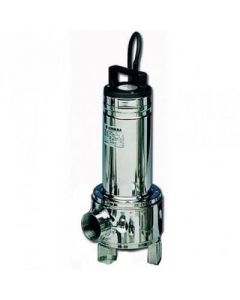 Lowara Domo 20 T/B Submersible Drainage PumpSpecial Price £1,439.76 £1,199.80 Regular Price £2,056.80 £1,714.00
Lowara Domo 20 T/B Submersible Drainage PumpSpecial Price £1,439.76 £1,199.80 Regular Price £2,056.80 £1,714.00
What is the average cost of submersible pumps?
The price of a submersible pump is influenced by several factors, including its capacity, brand, and features. As a result, the cost can vary significantly, ranging from £60 to upwards of £1000. It is important to carefully consider these variables when selecting a pump to ensure that it meets your specific needs and budget.
How much does it cost to replace a submersible pump?
The overall cost of replacing a pump is determined by several factors, such as the depth of the pump, its type, and the complexities involved in its installation. On average, the cost of replacing a pump can vary from £300 to £2,000 or even more, including labour costs. It is essential to consider these factors carefully before replacing a pump to ensure the cost is accurate and reasonable.
Dealing with a flooded house can be stressful, but with the right equipment and a bit of guidance, you can minimise the damage and get back to normal as soon as possible.
Complete Pump Supplies is committed to providing the best solutions for managing excess water and flooding. All our pumps are sourced from trusted manufacturers, ensuring you receive a product that delivers performance and longevity.
If you need help choosing the right pump for your needs, our team of experts is always on hand to provide advice and guidance.
And finally, remember, the best defence against flooding is preparation. Check your flood risk and invest in the right equipment today.
Submersible Drainage Pumps
-
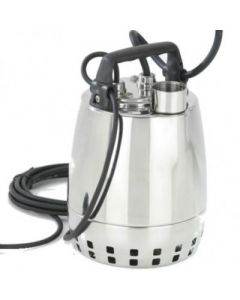 Calpeda GXR 11 Submersible Manual Pump with 10m Cable (415V)Special Price £355.97 £296.64 Regular Price £494.40 £412.00
Calpeda GXR 11 Submersible Manual Pump with 10m Cable (415V)Special Price £355.97 £296.64 Regular Price £494.40 £412.00 -
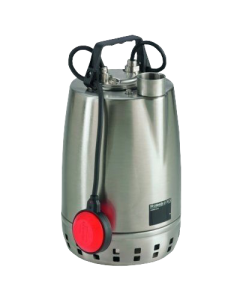 Calpeda GXR 12-10 Stainless Steel Manual Submersible Drainage Pump with 10m Cable (3ph)Special Price £705.02 £587.52 Regular Price £979.20 £816.00
Calpeda GXR 12-10 Stainless Steel Manual Submersible Drainage Pump with 10m Cable (3ph)Special Price £705.02 £587.52 Regular Price £979.20 £816.00 -
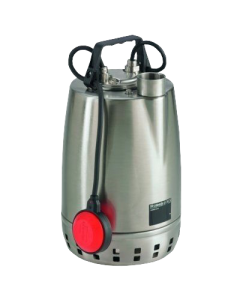 Calpeda GXR 12-12 Stainless Steel Manual Submersible Drainage Pump with 10m Cable (3ph)Special Price £720.58 £600.48 Regular Price £1,000.80 £834.00
Calpeda GXR 12-12 Stainless Steel Manual Submersible Drainage Pump with 10m Cable (3ph)Special Price £720.58 £600.48 Regular Price £1,000.80 £834.00 -
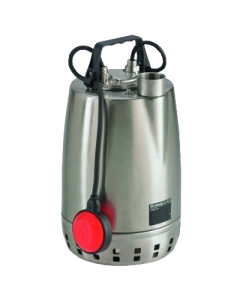 Calpeda GXR 12-14 Stainless Steel Manual Submersible Drainage Pump with 10m Cable (3ph)Special Price £861.41 £717.84 Regular Price £1,196.40 £997.00
Calpeda GXR 12-14 Stainless Steel Manual Submersible Drainage Pump with 10m Cable (3ph)Special Price £861.41 £717.84 Regular Price £1,196.40 £997.00 -
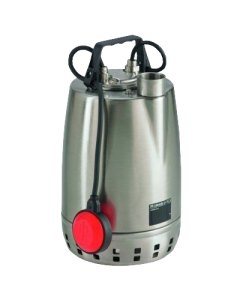 Calpeda GXR 12-16 Stainless Steel Manual Submersible Drainage Pump with 10m Cable (3ph)Special Price £924.48 £770.40 Regular Price £1,284.00 £1,070.00
Calpeda GXR 12-16 Stainless Steel Manual Submersible Drainage Pump with 10m Cable (3ph)Special Price £924.48 £770.40 Regular Price £1,284.00 £1,070.00 -
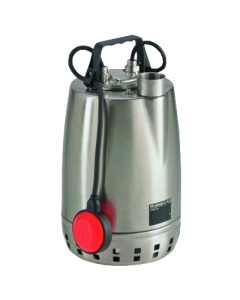 Calpeda GXR 12-18 Stainless Steel Manual Submersible Drainage Pump with 10m Cable (3ph)Special Price £1,034.21 £861.84 Regular Price £1,436.40 £1,197.00
Calpeda GXR 12-18 Stainless Steel Manual Submersible Drainage Pump with 10m Cable (3ph)Special Price £1,034.21 £861.84 Regular Price £1,436.40 £1,197.00 -
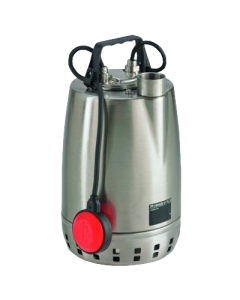 Calpeda GXR 12-20 Stainless Steel Manual Submersible Drainage Pump with 10m Cable (3ph)Special Price £1,143.94 £953.28 Regular Price £1,588.80 £1,324.00
Calpeda GXR 12-20 Stainless Steel Manual Submersible Drainage Pump with 10m Cable (3ph)Special Price £1,143.94 £953.28 Regular Price £1,588.80 £1,324.00 -
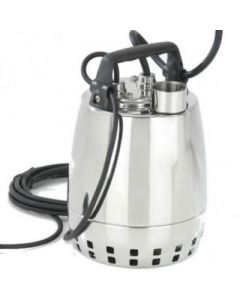 Calpeda GXR 13 Submersible Manual Pump with 10m Cable (415V)Special Price £392.26 £326.88 Regular Price £544.80 £454.00
Calpeda GXR 13 Submersible Manual Pump with 10m Cable (415V)Special Price £392.26 £326.88 Regular Price £544.80 £454.00 -
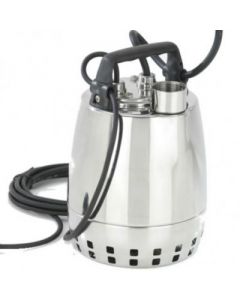 Calpeda GXR 9 SG Submersible Manual Pump with 10m Cable (400V)Special Price £303.26 £252.72 Regular Price £421.20 £351.00
Calpeda GXR 9 SG Submersible Manual Pump with 10m Cable (400V)Special Price £303.26 £252.72 Regular Price £421.20 £351.00 -
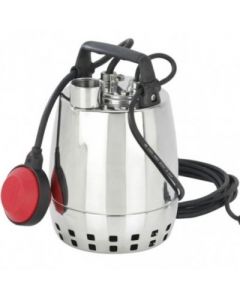 Calpeda GXRM 11 Automatic Submersible Pump, Float Switch, 10m Cable and QM Control Box (110V)Special Price £554.69 £462.24 Regular Price £770.40 £642.00
Calpeda GXRM 11 Automatic Submersible Pump, Float Switch, 10m Cable and QM Control Box (110V)Special Price £554.69 £462.24 Regular Price £770.40 £642.00 -
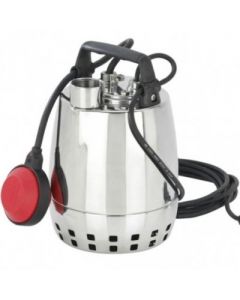 Calpeda GXRM 11 Automatic Submersible Pump, Float Switch, Plug and 10m Cable (230V)Special Price £355.97 £296.64 Regular Price £494.40 £412.00
Calpeda GXRM 11 Automatic Submersible Pump, Float Switch, Plug and 10m Cable (230V)Special Price £355.97 £296.64 Regular Price £494.40 £412.00 -
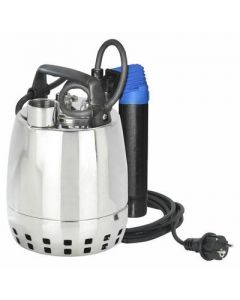 Calpeda GXRM 11-GF Automatic Submersible Pump, Magnetic Float Switch, 10m Cable and QM Control Box (110V)Special Price £597.89 £498.24 Regular Price £830.40 £692.00
Calpeda GXRM 11-GF Automatic Submersible Pump, Magnetic Float Switch, 10m Cable and QM Control Box (110V)Special Price £597.89 £498.24 Regular Price £830.40 £692.00 -
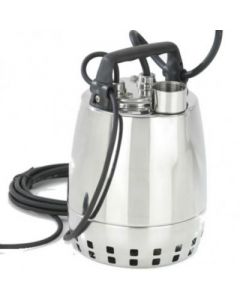 Calpeda GXRM 11 SG Manual Submersible Pump, Plug and 10m Cable (230V)Special Price £338.69 £282.24 Regular Price £470.40 £392.00
Calpeda GXRM 11 SG Manual Submersible Pump, Plug and 10m Cable (230V)Special Price £338.69 £282.24 Regular Price £470.40 £392.00 -
 Calpeda GXRM 12-10 Stainless Steel Submersible Drainage Pump (230V)Special Price £705.02 £587.52 Regular Price £979.20 £816.00
Calpeda GXRM 12-10 Stainless Steel Submersible Drainage Pump (230V)Special Price £705.02 £587.52 Regular Price £979.20 £816.00 -
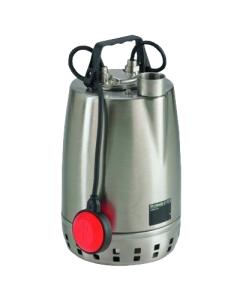 Calpeda GXRM 12-12 Stainless Steel Submersible Drainage Pump (230V)Special Price £720.58 £600.48 Regular Price £1,000.80 £834.00
Calpeda GXRM 12-12 Stainless Steel Submersible Drainage Pump (230V)Special Price £720.58 £600.48 Regular Price £1,000.80 £834.00 -
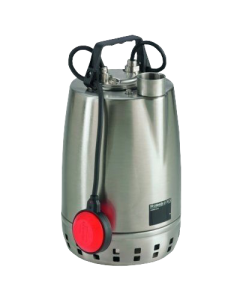 Calpeda GXRM 12-14 Stainless Steel Submersible Drainage Pump (230V)Special Price £861.41 £717.84 Regular Price £1,196.40 £997.00
Calpeda GXRM 12-14 Stainless Steel Submersible Drainage Pump (230V)Special Price £861.41 £717.84 Regular Price £1,196.40 £997.00 -
 Calpeda GXRM 12-16 Stainless Steel Submersible Drainage Pump (230V)Special Price £924.48 £770.40 Regular Price £1,284.00 £1,070.00
Calpeda GXRM 12-16 Stainless Steel Submersible Drainage Pump (230V)Special Price £924.48 £770.40 Regular Price £1,284.00 £1,070.00 -
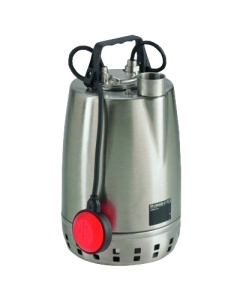 Calpeda GXRM 12-18 Stainless Steel Submersible Drainage Pump (230V)Special Price £1,034.21 £861.84 Regular Price £1,436.40 £1,197.00
Calpeda GXRM 12-18 Stainless Steel Submersible Drainage Pump (230V)Special Price £1,034.21 £861.84 Regular Price £1,436.40 £1,197.00 -
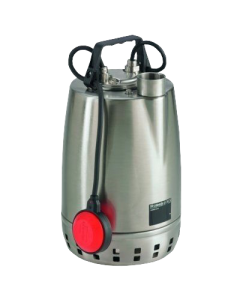 Calpeda GXRM 12-20 Stainless Steel Submersible Drainage Pump (230V)Special Price £1,268.35 £1,056.96 Regular Price £1,761.60 £1,468.00
Calpeda GXRM 12-20 Stainless Steel Submersible Drainage Pump (230V)Special Price £1,268.35 £1,056.96 Regular Price £1,761.60 £1,468.00 -
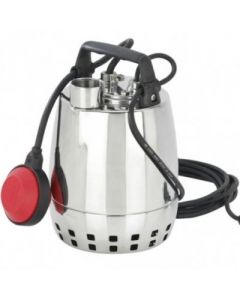 Calpeda GXRM 13 Automatic Submersible Pump, Float Switch, 10m Cable and QM Control Box (110V)Special Price £609.98 £508.32 Regular Price £847.20 £706.00
Calpeda GXRM 13 Automatic Submersible Pump, Float Switch, 10m Cable and QM Control Box (110V)Special Price £609.98 £508.32 Regular Price £847.20 £706.00
Submersible Clean Water Pumps
-
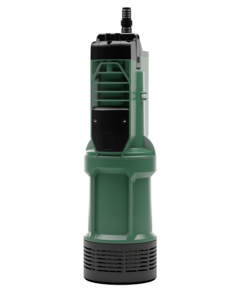 DAB Divertron 650 Electronic Submersible PumpSpecial Price £414.00 £345.00 Regular Price £699.60 £583.00
DAB Divertron 650 Electronic Submersible PumpSpecial Price £414.00 £345.00 Regular Price £699.60 £583.00 -
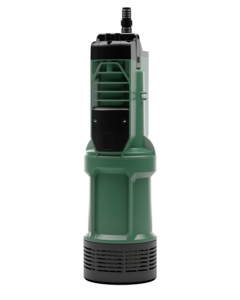 DAB Divertron 900 Electronic Submersible PumpSpecial Price £417.60 £348.00 Regular Price £752.40 £627.00
DAB Divertron 900 Electronic Submersible PumpSpecial Price £417.60 £348.00 Regular Price £752.40 £627.00 -
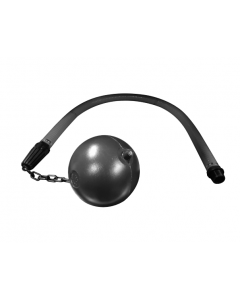 DAB Divertron Floating Suction KitSpecial Price £116.76 £97.30 Regular Price £166.80 £139.00
DAB Divertron Floating Suction KitSpecial Price £116.76 £97.30 Regular Price £166.80 £139.00 -
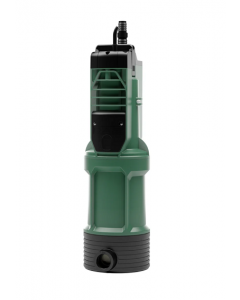 DAB Divertron X 650 Electronic Submersible PumpSpecial Price £456.00 £380.00 Regular Price £752.40 £627.00
DAB Divertron X 650 Electronic Submersible PumpSpecial Price £456.00 £380.00 Regular Price £752.40 £627.00 -
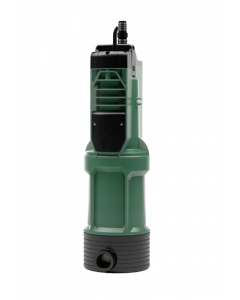 DAB Divertron X 900 Electronic Submersible PumpSpecial Price £480.00 £400.00 Regular Price £806.40 £672.00
DAB Divertron X 900 Electronic Submersible PumpSpecial Price £480.00 £400.00 Regular Price £806.40 £672.00 -
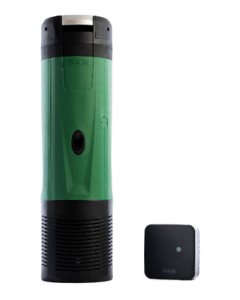 DAB ESYBOX DIVER 55-120 Submersible Pump with DConnect Box 2Special Price £1,110.00 £925.00 Regular Price £1,843.15 £1,535.96
DAB ESYBOX DIVER 55-120 Submersible Pump with DConnect Box 2Special Price £1,110.00 £925.00 Regular Price £1,843.15 £1,535.96 -
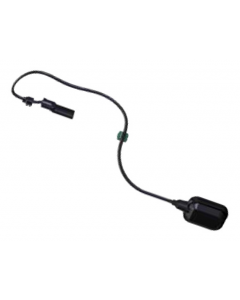 DAB NFC Float for ESYBOX DIVERSpecial Price £85.60 £71.33 Regular Price £100.70 £83.92
DAB NFC Float for ESYBOX DIVERSpecial Price £85.60 £71.33 Regular Price £100.70 £83.92 -
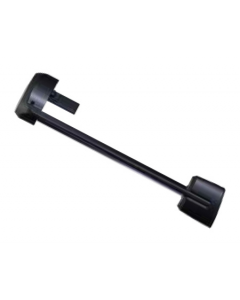 DAB NFC Water Level Sensor for ESYBOX DIVERSpecial Price £67.94 £56.62 Regular Price £79.93 £66.61
DAB NFC Water Level Sensor for ESYBOX DIVERSpecial Price £67.94 £56.62 Regular Price £79.93 £66.61 -
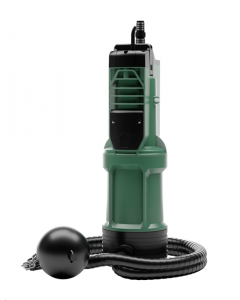 DAB Divertron X 650 Electronic Submersible Pump + Float Suction KitSpecial Price £533.45 £444.54 Regular Price £860.40 £717.00
DAB Divertron X 650 Electronic Submersible Pump + Float Suction KitSpecial Price £533.45 £444.54 Regular Price £860.40 £717.00 -
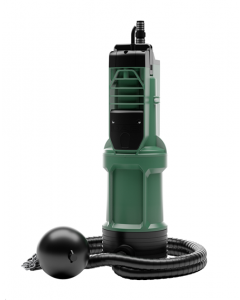 DAB Divertron X 900 Electronic Submersible Pump + Float Suction KitSpecial Price £546.00 £455.00 Regular Price £956.40 £797.00
DAB Divertron X 900 Electronic Submersible Pump + Float Suction KitSpecial Price £546.00 £455.00 Regular Price £956.40 £797.00 -
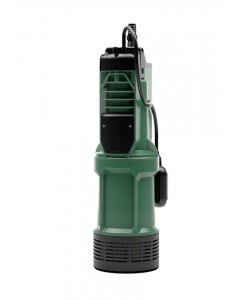 DAB Divertron 900 A Electronic Submersible Pump (with float)Special Price £466.80 £389.00 Regular Price £769.20 £641.00
DAB Divertron 900 A Electronic Submersible Pump (with float)Special Price £466.80 £389.00 Regular Price £769.20 £641.00 -
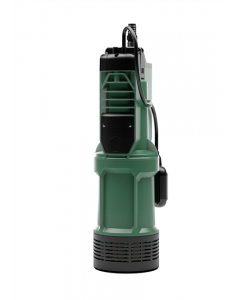 DAB Divertron 650 A Electronic Submersible Pump (with float)Special Price £432.00 £360.00 Regular Price £716.40 £597.00
DAB Divertron 650 A Electronic Submersible Pump (with float)Special Price £432.00 £360.00 Regular Price £716.40 £597.00
Submersible Waste Water Pumps
-
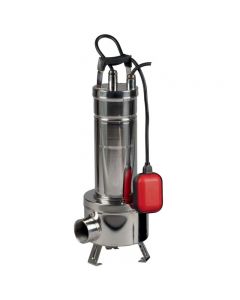 DAB FEKA VS 550 M-A Submersible Sewage Pump with Float SwitchSpecial Price £456.36 £380.30 Regular Price £651.95 £543.29
DAB FEKA VS 550 M-A Submersible Sewage Pump with Float SwitchSpecial Price £456.36 £380.30 Regular Price £651.95 £543.29 -
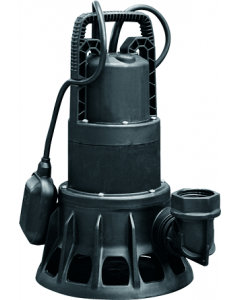 DAB FEKA BVP 750 M-A Submersible Sewage Pump with Float SwitchSpecial Price £477.80 £398.17 Regular Price £682.58 £568.82
DAB FEKA BVP 750 M-A Submersible Sewage Pump with Float SwitchSpecial Price £477.80 £398.17 Regular Price £682.58 £568.82 -
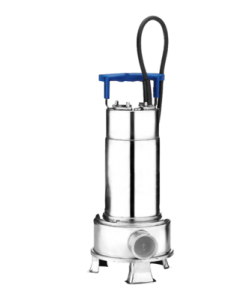 Ebara RIGHT 100 10 m Submersible Wastewater Pump (3 Phase)Special Price £568.20 £473.50 Regular Price £874.14 £728.45
Ebara RIGHT 100 10 m Submersible Wastewater Pump (3 Phase)Special Price £568.20 £473.50 Regular Price £874.14 £728.45 -
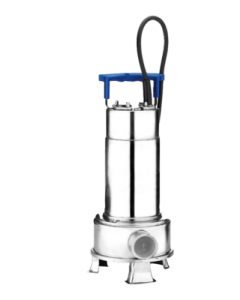 Ebara RIGHT 100 M 10 m Submersible Wastewater Pump (1 Phase)Special Price £567.13 £472.61 Regular Price £872.51 £727.09
Ebara RIGHT 100 M 10 m Submersible Wastewater Pump (1 Phase)Special Price £567.13 £472.61 Regular Price £872.51 £727.09 -
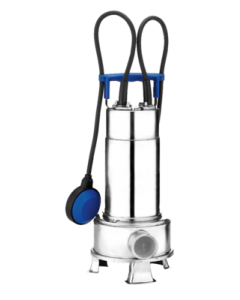 Ebara RIGHT 100 M A 10 m Submersible Wastewater Pump (1 Phase)Special Price £582.02 £485.02 Regular Price £895.43 £746.19
Ebara RIGHT 100 M A 10 m Submersible Wastewater Pump (1 Phase)Special Price £582.02 £485.02 Regular Price £895.43 £746.19 -
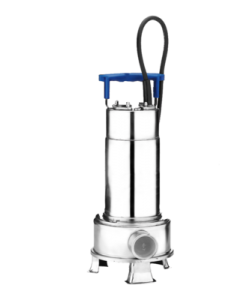 Ebara RIGHT 75 10 m Submersible Wastewater Pump (3 Phase)Special Price £503.29 £419.41 Regular Price £774.29 £645.24
Ebara RIGHT 75 10 m Submersible Wastewater Pump (3 Phase)Special Price £503.29 £419.41 Regular Price £774.29 £645.24 -
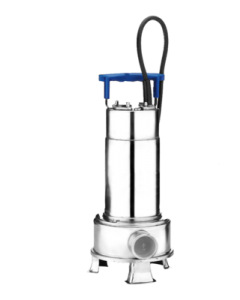 Ebara RIGHT 75 M 10 m Submersible Wastewater Pump (1 Phase)Special Price £503.29 £419.41 Regular Price £774.29 £645.24
Ebara RIGHT 75 M 10 m Submersible Wastewater Pump (1 Phase)Special Price £503.29 £419.41 Regular Price £774.29 £645.24 -
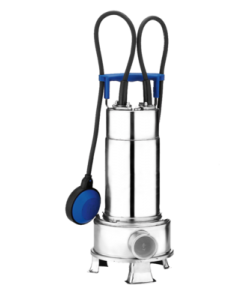 Ebara RIGHT 75 M A 10 m Submersible Wastewater Pump (1 Phase)Special Price £517.40 £431.17 Regular Price £796.01 £663.34
Ebara RIGHT 75 M A 10 m Submersible Wastewater Pump (1 Phase)Special Price £517.40 £431.17 Regular Price £796.01 £663.34 -
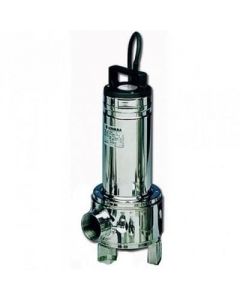 Lowara Domo 10 T/B Submersible Drainage PumpSpecial Price £1,121.40 £934.50 Regular Price £1,602.00 £1,335.00
Lowara Domo 10 T/B Submersible Drainage PumpSpecial Price £1,121.40 £934.50 Regular Price £1,602.00 £1,335.00 -
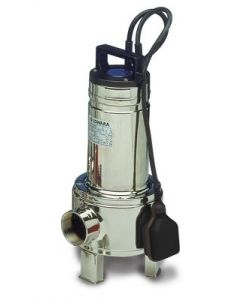 Lowara Domo 10 VX/B Submersible Drainage PumpSpecial Price £1,098.72 £915.60 Regular Price £1,569.60 £1,308.00
Lowara Domo 10 VX/B Submersible Drainage PumpSpecial Price £1,098.72 £915.60 Regular Price £1,569.60 £1,308.00 -
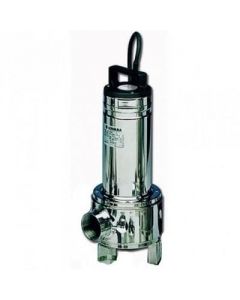 Lowara Domo 10 VXT/B Submersible Drainage Pump No FloatSpecial Price £1,121.40 £934.50 Regular Price £1,602.00 £1,335.00
Lowara Domo 10 VXT/B Submersible Drainage Pump No FloatSpecial Price £1,121.40 £934.50 Regular Price £1,602.00 £1,335.00 -
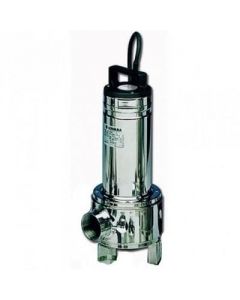 Lowara Domo 15 T/B Submersible Drainage Pump No FloatSpecial Price £1,265.88 £1,054.90 Regular Price £1,808.40 £1,507.00
Lowara Domo 15 T/B Submersible Drainage Pump No FloatSpecial Price £1,265.88 £1,054.90 Regular Price £1,808.40 £1,507.00 -
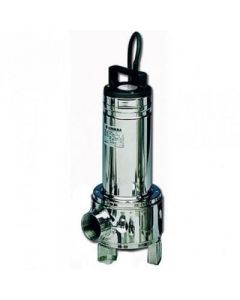 Lowara Domo 15 VXT/B (3 Phase) Submersible Drainage PumpSpecial Price £1,265.88 £1,054.90 Regular Price £1,808.40 £1,507.00
Lowara Domo 15 VXT/B (3 Phase) Submersible Drainage PumpSpecial Price £1,265.88 £1,054.90 Regular Price £1,808.40 £1,507.00 -
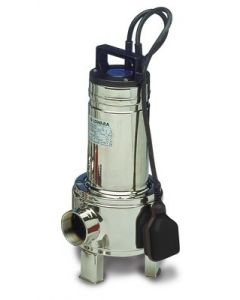 Lowara Domo 15/B Submersible Drainage PumpSpecial Price £1,268.40 £1,057.00 Regular Price £1,812.00 £1,510.00
Lowara Domo 15/B Submersible Drainage PumpSpecial Price £1,268.40 £1,057.00 Regular Price £1,812.00 £1,510.00 -
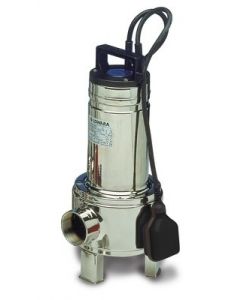 Lowara Domo 15VX/B Submersible Drainage Pump C/W FloatSpecial Price £1,268.40 £1,057.00 Regular Price £1,812.00 £1,510.00
Lowara Domo 15VX/B Submersible Drainage Pump C/W FloatSpecial Price £1,268.40 £1,057.00 Regular Price £1,812.00 £1,510.00 -
 Lowara Domo 20 T/B Submersible Drainage PumpSpecial Price £1,439.76 £1,199.80 Regular Price £2,056.80 £1,714.00
Lowara Domo 20 T/B Submersible Drainage PumpSpecial Price £1,439.76 £1,199.80 Regular Price £2,056.80 £1,714.00 -
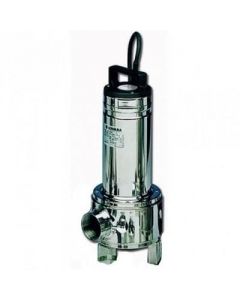 Lowara Domo 20 VXT/B Submersible Drainage Pump No FloatSpecial Price £1,439.76 £1,199.80 Regular Price £2,056.80 £1,714.00
Lowara Domo 20 VXT/B Submersible Drainage Pump No FloatSpecial Price £1,439.76 £1,199.80 Regular Price £2,056.80 £1,714.00 -
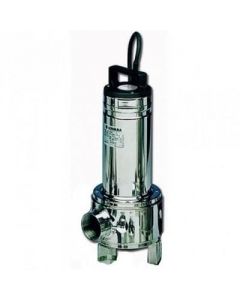 Lowara Domo 7 T/B Submersible Drainage PumpSpecial Price £811.44 £676.20 Regular Price £1,159.20 £966.00
Lowara Domo 7 T/B Submersible Drainage PumpSpecial Price £811.44 £676.20 Regular Price £1,159.20 £966.00 -
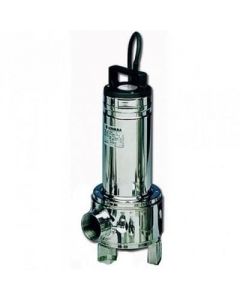 Lowara Domo 7 VXT/B Submersible Drainage Pump No FloatSpecial Price £811.44 £676.20 Regular Price £1,159.20 £966.00
Lowara Domo 7 VXT/B Submersible Drainage Pump No FloatSpecial Price £811.44 £676.20 Regular Price £1,159.20 £966.00 -
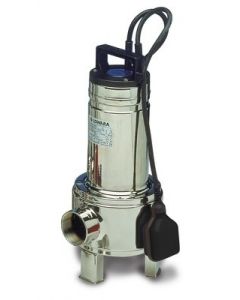 Lowara Domo 7/B (1 Phase) Submersible Drainage PumpSpecial Price £861.00 £717.50 Regular Price £1,230.00 £1,025.00
Lowara Domo 7/B (1 Phase) Submersible Drainage PumpSpecial Price £861.00 £717.50 Regular Price £1,230.00 £1,025.00




